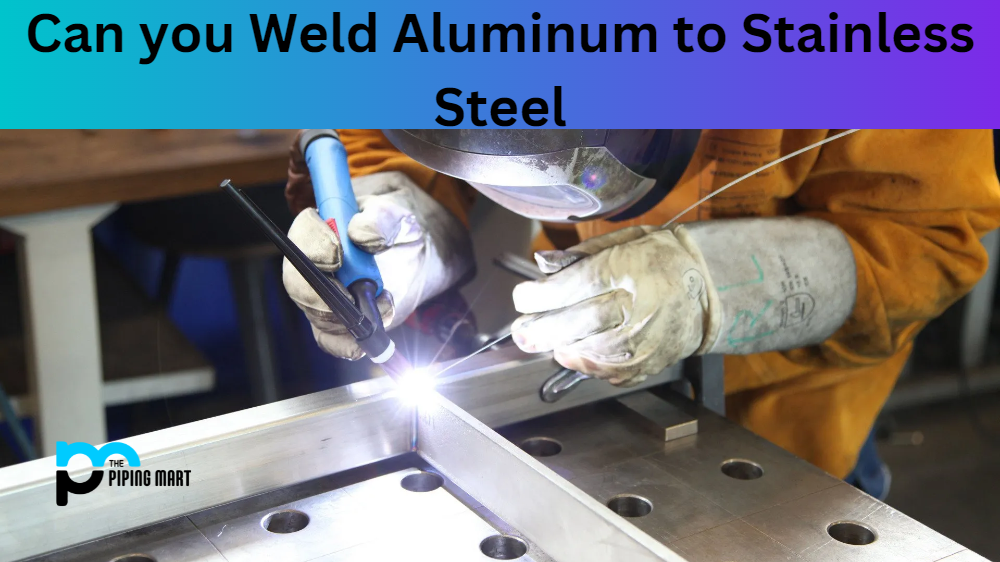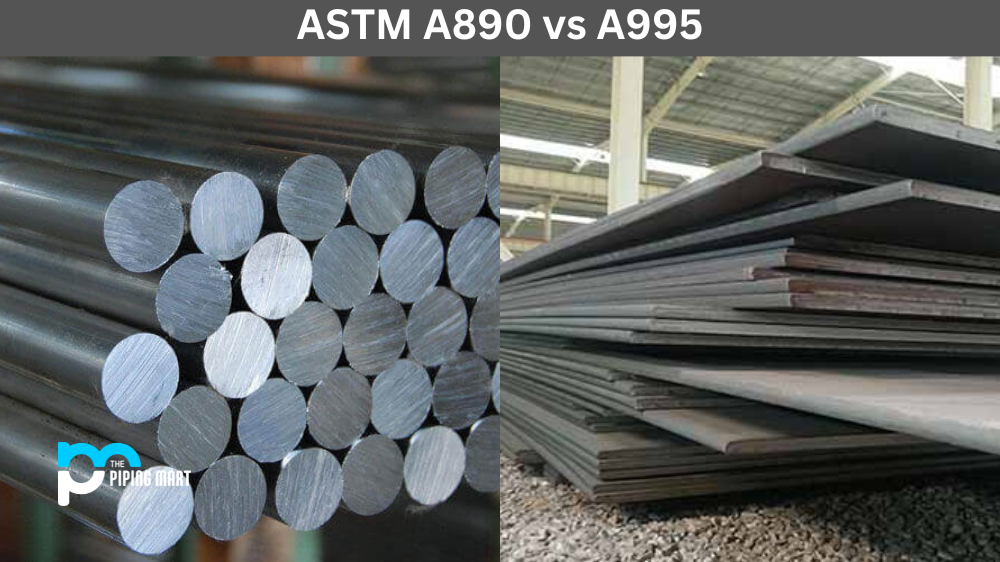If you’re a welder, you’ve likely been asked this question before. Can you weld aluminum to stainless steel? The answer is yes, but the process requires some special considerations. To ensure a successful weld, there are specific steps and techniques that must be taken. Let’s take a look at how to successfully weld these two metals together.
Preparing the Metals for Welding
Before welding aluminum and stainless steel together, preparing both metals for welding is essential. This includes cleaning the surfaces with abrasive like sandpaper or a wire brush, then removing any dirt or oils from the surface with a degreasing agent like acetone or alcohol. Once the characters have been prepped and cleaned, they should be dry so that no moisture gets into the weld area during welding. It is also essential to make sure that both metals are free of corrosion and rust before welding begins.
Using Filler Materials
When welding aluminum and stainless steel together, it is essential to use an appropriate filler material in order to achieve a successful bond. Generally speaking, nickel-based alloys are best used as filler materials because they have good strength and ductility when welded onto aluminum or stainless steel. Nickel-based alloys also provide good corrosion resistance, which is beneficial when welding two dissimilar metals together.
Welding Techniques
The most common technique for welding aluminium to stainless steel is TIG (inert tungsten gas) welding; however, MIG (inert metal gas) welding can also be used in certain cases depending on the thickness of the metals being welded together. MIG welding may be more suitable for thicker materials due to its higher deposition rates than TIG welding. Regardless of which technique you choose, it is important to ensure that your welder has adjustable settings so that you can adjust heat levels as needed while welding different materials together. Additionally, ensure that your welder has sufficient amperage to achieve a strong bond between the two metals being joined together.
Conclusion:
Welding aluminum and stainless steel require some special considerations, but it can be done successfully if you follow these guidelines closely. First and foremost, remember to prepare both metals for optimal results by cleaning them thoroughly with an abrasive followed by degreasing agents such as acetone or alcohol before beginning your weld job. Additionally, use an appropriate filler material, such as nickel-based alloys, to achieve a strong bond between the two metals being joined together while choosing either TIG or MIG welding techniques, depending on the metal thicknesses involved in your project. With careful preparation and consideration of these steps when tackling your next project involving aluminium and stainless steel joining processes – success will surely follow!

Abhishek is a seasoned blogger and industry expert, sharing his insights and knowledge on various topics. With his research, Abhishek offers valuable insights and tips for professionals and enthusiasts. Follow him for expert advice on the latest trends and developments in the metal industry.




